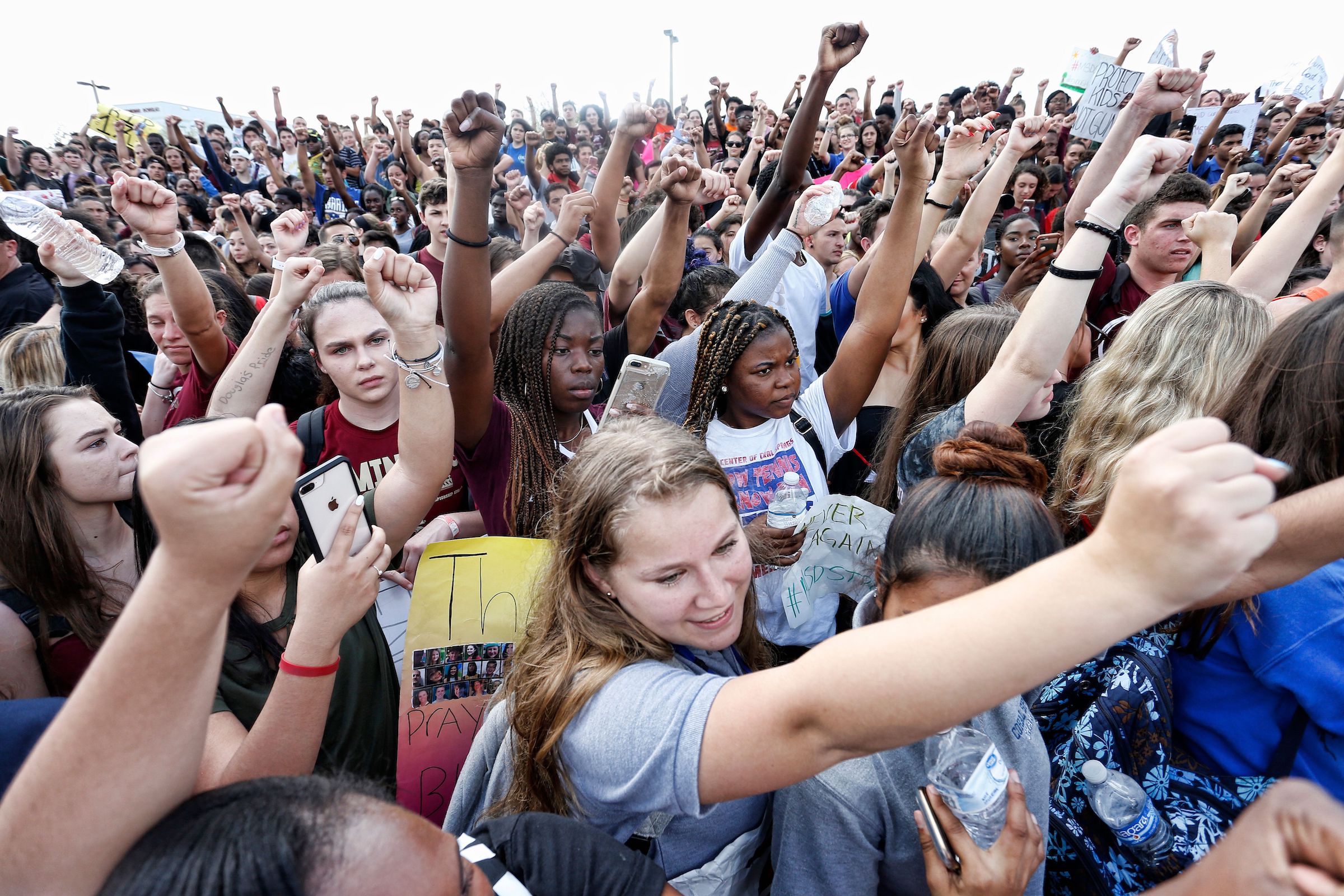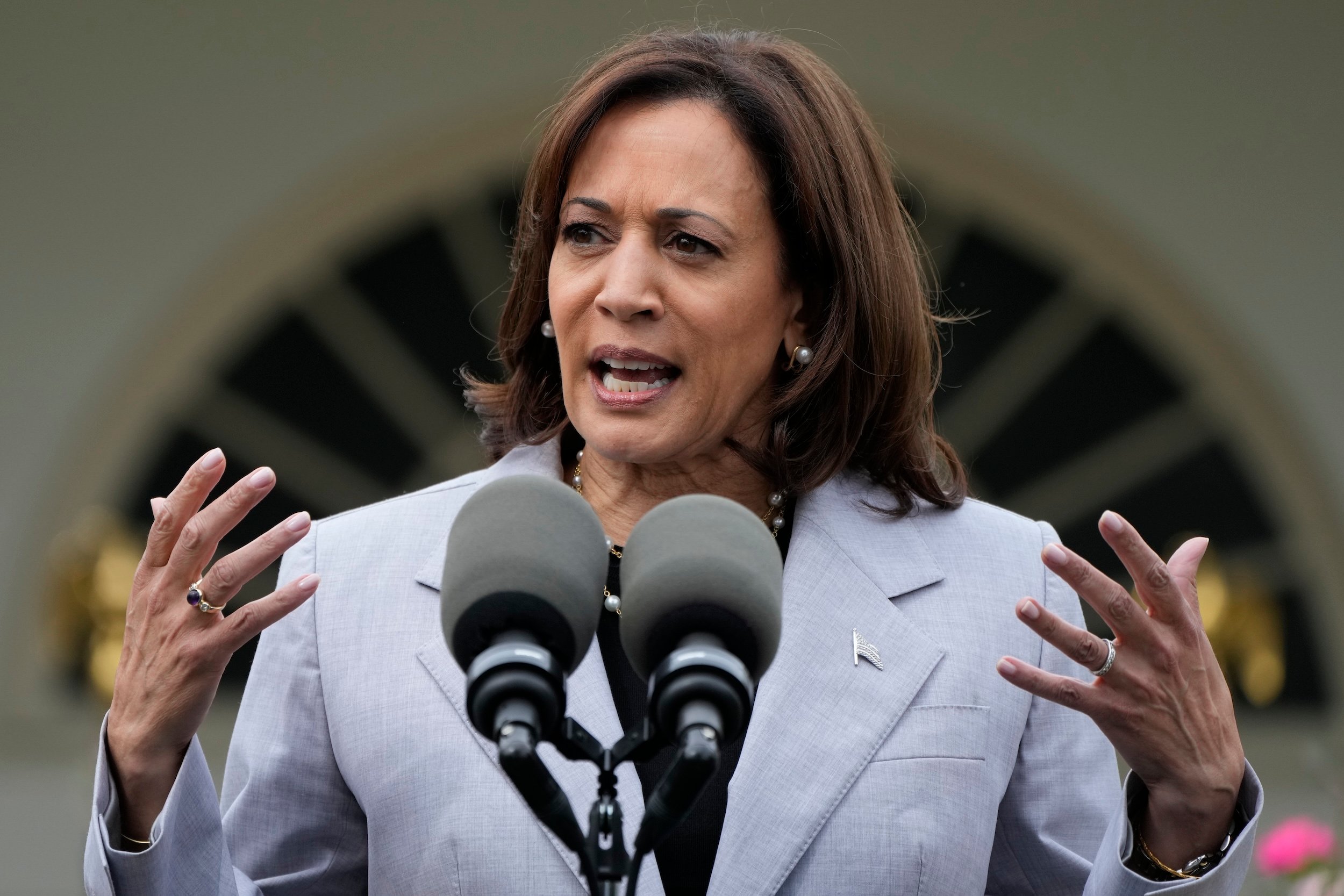Three reporters share their tips for covering the gun violence epidemic when mass shootings are not dominating the headlines.
On March 20, just days before the historic March for Our Lives protests around the world, The Trace hosted a panel to offer tips to journalists about reporting on gun violence. The event brought together three experienced reporters on the gun beat: WLRN’s Nadege Green and The Trace’s own Alex Yablon and Elizabeth Van Brocklin.
What these panelists know better than anyone: gun violence is a big, unwieldy public health issue that deserves trained attention from journalists, particularly when a mass shooting isn’t dominating the news cycle. In a conversation moderated by Tina Rosenberg, the co-founder of Solutions Journalism Network, the panelists shared best practices for reporting on gun violence when there are no national walkouts or marches to cover.
Some key takeaways from the conversation:
Think Beyond Mass Shootings.
Journalists should report information on gun violence that’s in the public interest, the panelists said, instead of turning their newsrooms over to the issue only when there is a mass shooting.
“It’s not that we should talk less about mass shootings,” said Yablon, a reporter for The Trace who covers gun policy, politics, and the firearm industry. “There are deep stories to be told about these incidents. There are deep structures that are created by law and business that allow these things to happen.”
But while the systems that make mass shootings so common are worthy of reporters’ attention, journalists should remember that mass shooting fatalities make up only a small percentage of gun deaths — just 1 or 2 percent. Most gun deaths result from everyday violence in urban areas, domestic violence, and suicide — areas ripe for coverage and investigative reporting.
Embrace Nuance. Avoid Common Misconceptions.
Conversations about gun violence tend to be deeply limiting, said Green, who covers social justice issues for the South Florida NPR station. “The media tends to reinforce a Republican/Democrat divide among gun owners and gun control advocates,” she said. “This type of reporting contributes to misconceptions about what it means to be a gun owner” and excludes people like black gun owners and rural gun control advocates from the conversation.
“It’s is not just a crime story,” said Green, who encouraged journalists from a range of beats to consider how gun violence affects their communities in different ways. There are plenty of health stories and education stories related to guns that aren’t being told, for example.
When reporting on the National Rifle Association, Yablon noted that mainstream media outlets tend to overstate the influence the gun industry has on the organization. “While the NRA’s money is an important source of power,” he said, “its true power comes from the fact that it is a truly well-organized political constituency… It’s not the companies or the money that really makes [the NRA] successful; it’s that they’re a really effective political organization.” He said journalists should engage more thoughtfully with the ideology and social practices of the NRA and its constituency.
Embed in the community. Then listen.
“We tend to focus on the day-of stories when someone gets shot and dies. And that’s the end of it,” Green said. Instead of jumping from one crime scene to the next, she encouraged journalists to stick around to see how shootings unfold in the community they’re covering. “Reporters should say to community members ‘I’ll still be here a month from now and a year from now’” she said. “Then, follow through.”
Read Next

An American Crisis: 18 Facts About Gun Violence — and 6 Promising Ways to Reduce the Suffering
Gaining access to the community can be difficult, and it is important to respect boundaries. “If they don’t kick you out, don’t leave,” she recommended. She recalled how, after the fatal shooting of a young man in Miami, she showed up at the home of the woman who raised him. Green introduced herself as a reporter and asked if they could talk.
“All of these reporters keep coming and I don’t really want to talk to any reporters right now,” the woman said. Green told the woman that was okay, and sat down on the couch. She remained seated in the living room as loved ones came and went, grieving and remembering this young man’s life. After a while, the woman turned to Green and said, “You’re still here. Okay, I’ll talk to you.” Their conversation lasted over an hour.
Spending time in communities is particularly important when it comes to gun violence survivors. “The reality is, way more people survive gun violence than die from it,” said Van Brocklin, who reports on gun violence survivors for The Trace. Developing long-term relationships with survivors can give rise to powerful stories, and Van Brocklin said she’s been rewarded for that approach. She told the audience about the relationship she developed with Ty Shoemake, a gunshot survivor in Philadelphia. “I just spent time with him — he had been shot and he had gone to prison — and he was back in the community trying to rebuild his life. I just listened to him.” The result was a feature about how Shoemake, who is in a wheelchair, became a motivational guru who inspires other gunshot survivors in Philadelphia and across the country.
Focus on Solutions.
When it comes to reporting on gun violence, media coverage often focuses on the problems instead of the solutions. Reporting on the places and people that are already addressing gun violence can help draw attention to interventions that could save lives. And some places do it better than others.
“There’s a lot of progressive thinking around survivors and the justice system going on in California, where they have developed a more nuanced understanding of how someone comes to be a victim or a perpetrator,” said Van Brocklin, who spent much of last year researching victims’ compensation funds that help survivors with crime-related expenses.
Yablon also pointed to California as an example. In particular, he cited an innovative program in the East Bay Area that offers living stipends in communities where violence is likely to occur. “It’s incredibly controversial,” he pointed out, but added that there is early evidence that it may have had an impact on crime in the city.
For some examples of solutions-oriented reporting on gun violence, we recommend:
- Al Jazeera investigated how the Richmond, California, Office of Neighborhood Safety to reduced violence by engaging directly with those involved
- Alex Yablon looked at how gun courts have helped reduce recidivism rates
- ProPublica showcased the work of Ceasefire programs across the country that rely on community leaders with street credibility to de-escalate potentially violent situations
- Philadelphia magazine looked at how the city’s CHOP program engaged with youth in hospitals to better understand the roots of the city’s violence

